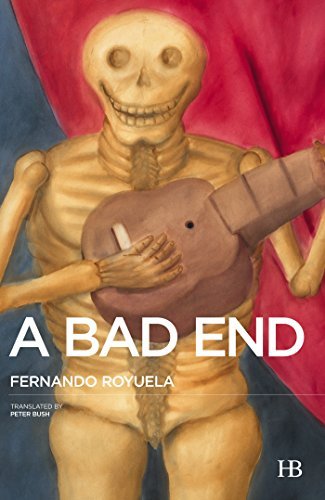What do you think?
Rate this book


374 pages, Kindle Edition
First published September 1, 2001
And who might that be?” he asked disdainfully. “One-Eyed Slim,” I replied, “he’s the man who organizes this carry-on. If you don’t pay up, he’ll give you trouble.” Both their gazes met at that point and sniffed challenge in the air: Cambrón’s was metallic, as if it were straight out of an iron foundry, and Slim’s was fleshier, hence softer, but nothing happened apart from that electric charge from their eyes as they met in the pestilent atmosphere of the dining room. Ceferino went on chewing, not saying a word,, with me at his side waiting like an idiot for his response. “What a shit life,” the ex-jailbird exclaimed when he’d gobbled down what was on his plate. “Some seek a master they can serve without thinking, and others seek out freedom so they can think and not serve.” Those words made my brain ripple in sympathy; they made me see how the human species, although it’s a total lost cause, can entertain a thread of greatness that transcends mere daily survival—a hopeless longing to find a place where justice exists and is even practiced, a fallow desire to treat one’s peer according to the mottoes of equality and fraternity that, as if by some subtle magic, had been watered down into simple self-interest.